





Roadside Safety - Hazard Removal
Crashes between vehicles which leave the road and roadside hazards are a major safety problem.
Roadside hazards can include:
- bridge piers/buildings/tunnel portals
- gantries/masts/noise barriers
- trees
- rock outcrops and ruts on the ground
- street furniture such as signs, lighting columns and electricity poles
- stalls set up too close to the road
- embankments, steep side slopes and vertical drops
- water bodies
- ravines, gorges and open drains.
Where possible, roadside hazards should be removed. Trees provide benefits (including shade for pedestrians and reduced soil erosion) but large trees and poles (more than 100mm in diameter) that are close to the edge of the road can be a serious hazard.
Roadside hazards may be specific to the vehicle types using the road. As an example, cantilever canopy structures or slanting bridge piers could be very hazardous to double decker buses or coaches if they coincide with the height of passengers occupying the upper deck of these vehicles
Sometimes hazards that cannot be removed can be replaced by equipment (electricity poles and sign posts) that are designed to collapse on impact and approved by existing standards like EN12767 and Manual for Assessing Safety Hardware (MASH). At other times, the hazard may be modified, such as by covering open drains or installation of ‘driveable’ headwalls for culverts. In other cases, the road can be re-aligned or safety barriers can be built between the hazard and the road.
Along a road corridor there could be numerous potential hazards within the clear zone. Consideration should be given to the use of continuous safety barriers to cover all background and outstanding hazards. Where this cannot be achieved, adequate horizontal clearance and delineation should be checked for all hazards. Emphasis for shielding by safety barriers will then be given to hazards of high and very high severity such as bridge piers and high drops. Additionally, hazards at a vulnerable location, i.e. outside of curves, diverge gores, street corners, etc. should be given more weight. A risk assessment approach based on scoring system can be valuable to assign priority for mitigation.
- Reduced severity of run-off-road crashes.
- Reduced road furniture repair costs associated with crash damage.
- Can improve Sight Distance.
- After roadside hazards are removed, the roadside should be left in a safe condition. Large stumps and deep holes are hazards that may remain after removal of a tree.
- Replacement of removed trees with more appropriate plants should be considered, otherwise re-growth or soil erosion may affect the site.
- It is not always possible to remove, replace or put barriers around roadside hazards, particularly in urban areas where space is limited. Reducing vehicle speeds is an alternative solution.
- Where roadside hazards such as lighting columns and sign posts are to be replaced with frangible posts both their design and location must be be carefully considered in order to reduce the risk of the posts hitting pedestrians and other road users or causing secondary collisions.
- Frangible posts that contain an electrical supply can be fitted with a pull-out plug to prevent tethering and will also provide electrical isolation on impact.
The Star Rating Demonstrator is a freely available tool with the iRAP online software, ViDA. With the Star Rating Demonstrator, it is possible to explore the impact that this Safer Roads Treatment has on risk.
Treatment Summary
Costs | Low to medium |
Treatment life | 5 years - 10 years |
Potential casualty reduction | 25-40% |
Case Studies
Related Images
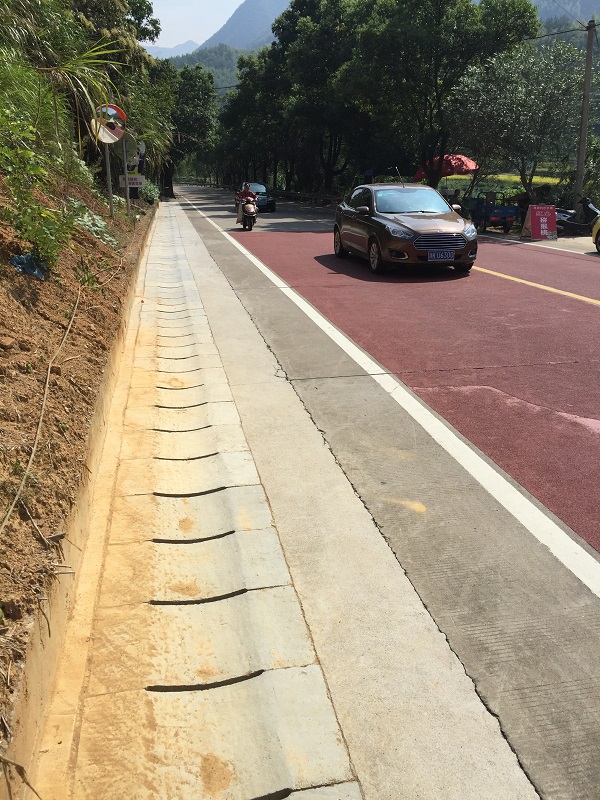 Covered drain and coloured skid-resistant pavement in China. Image credit: Greg Smith
Covered drain and coloured skid-resistant pavement in China. Image credit: Greg Smith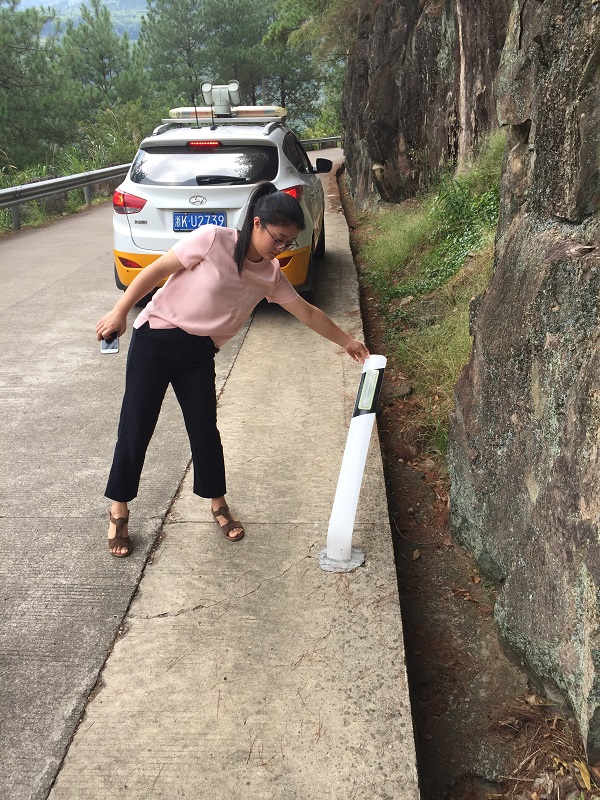 Flexible guidepost in China to delineate hazardous roadside. Image credit: Greg Smith
Flexible guidepost in China to delineate hazardous roadside. Image credit: Greg Smith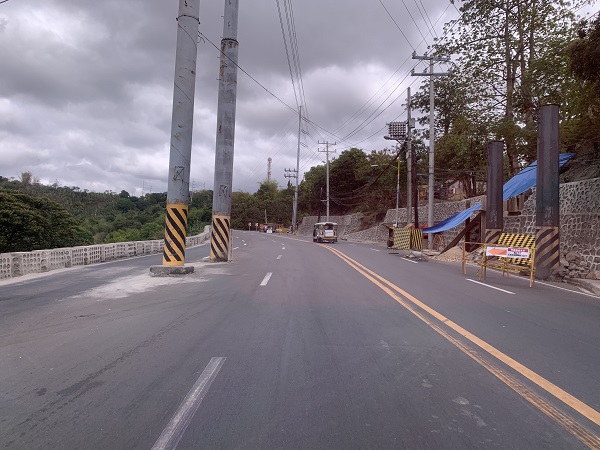 Hazardous poles in the road in the Philippines. Image credit: Alina Burlacu
Hazardous poles in the road in the Philippines. Image credit: Alina Burlacu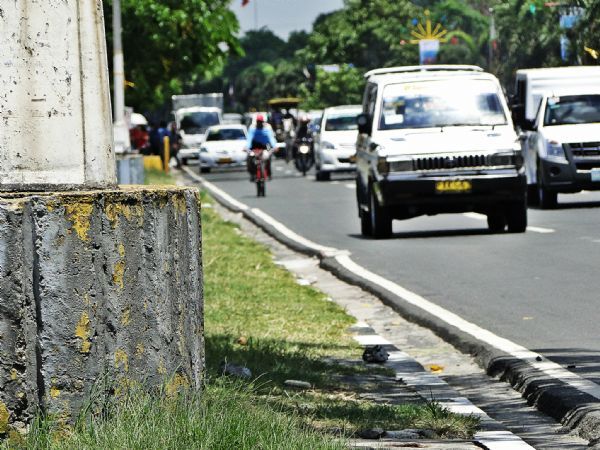 Roadside hazard in Manila, Philippines. Image credit: Greg Smith
Roadside hazard in Manila, Philippines. Image credit: Greg Smith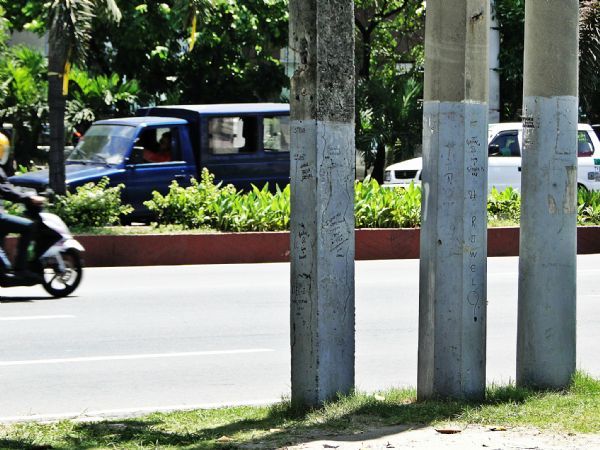 Roadside hazards, Roxas Blvd Manila Philippines. Image credit: Greg Smith
Roadside hazards, Roxas Blvd Manila Philippines. Image credit: Greg Smith










